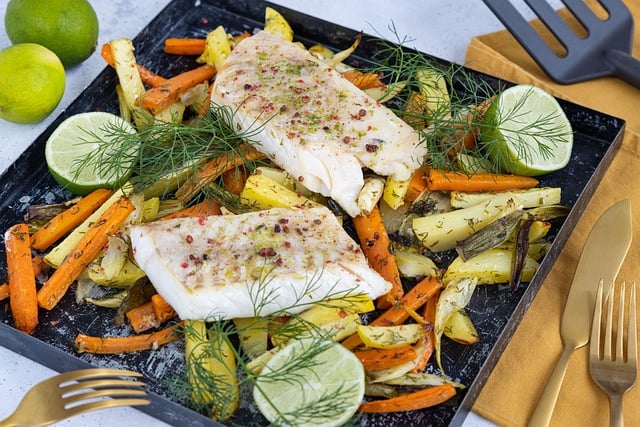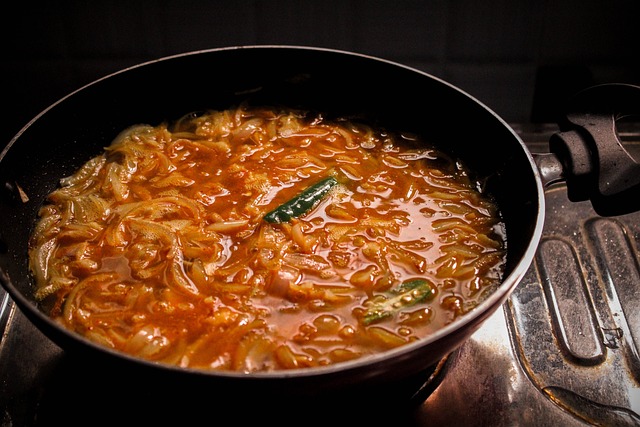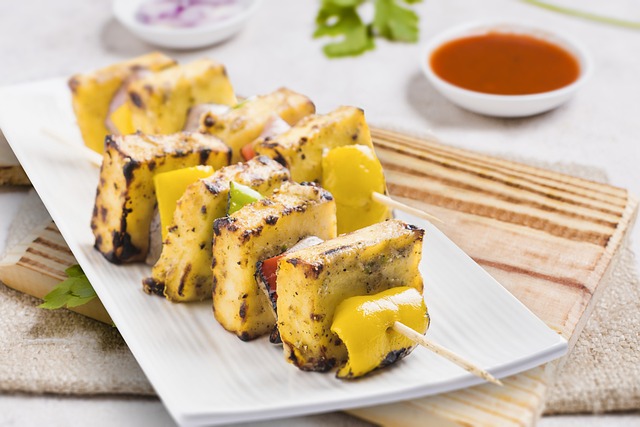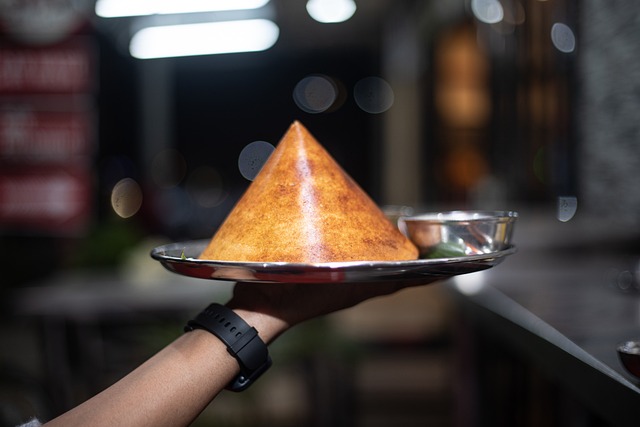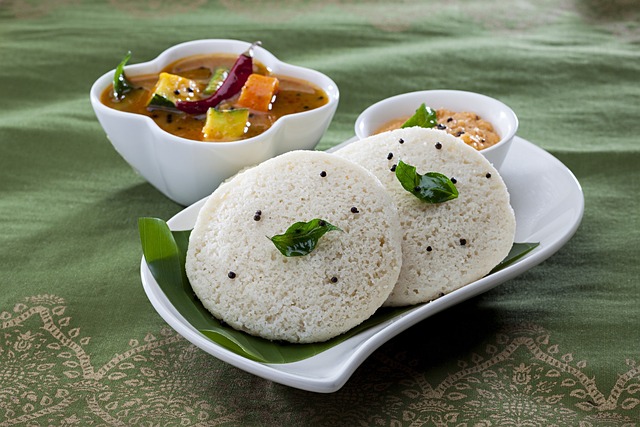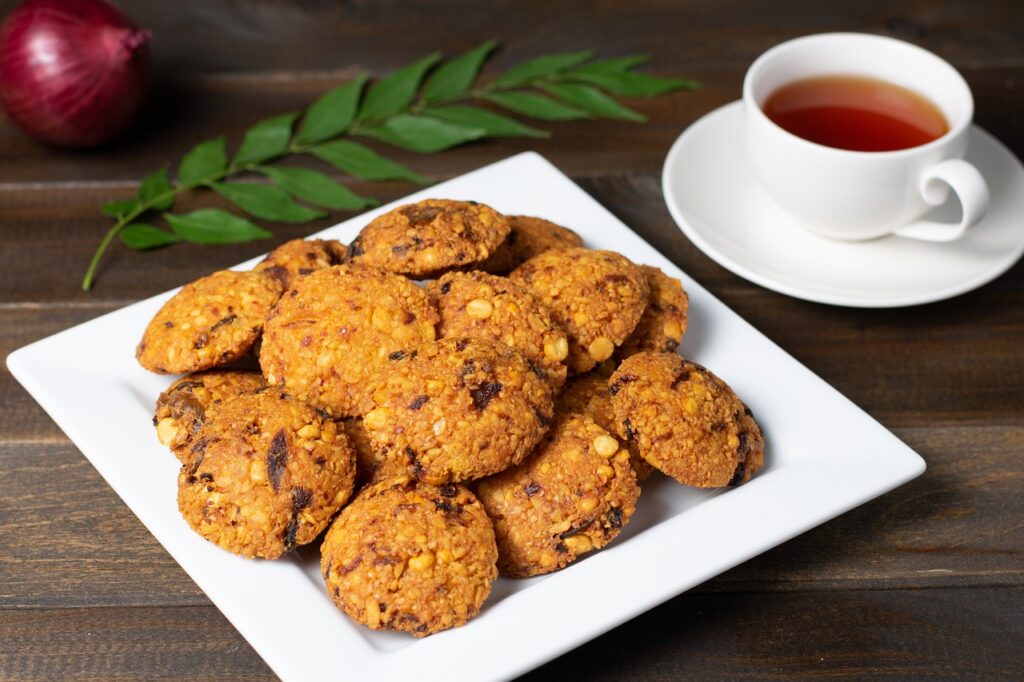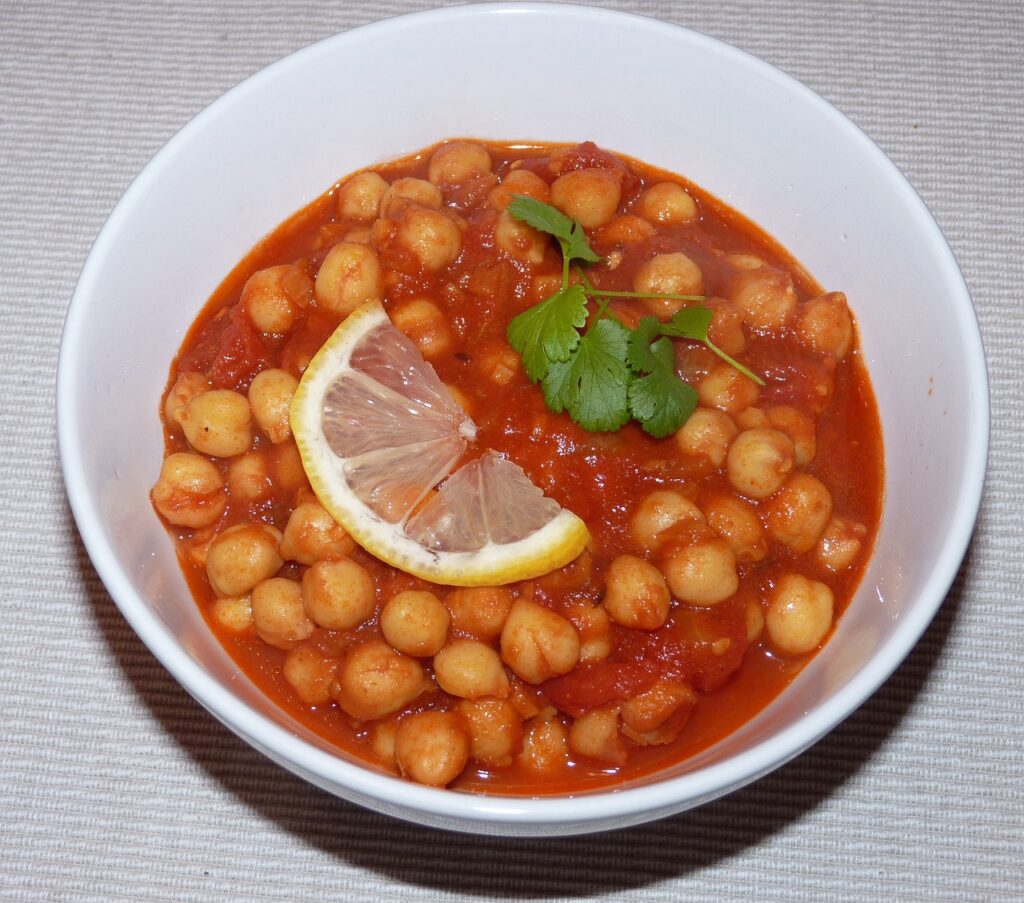- The Global Bounty of Vegan Cuisine
- Challenging Stereotypes: Begin by addressing the common misconception that vegan diets are limited or repetitive. Contrast this with the vibrant, diverse plant-based traditions found in cultures worldwide.
- A Natural Fit: Highlight how many traditional cuisines are inherently vegan or easily adaptable due to historical, religious, or economic factors (e.g., Buddhist temple food, Mediterranean legumes, or West African grain-based dishes).
- Thesis Statement: Emphasize that exploring global vegan dishes isn’t just about variety—it’s a gateway to richer flavors, cultural connection, and sustainable eating.
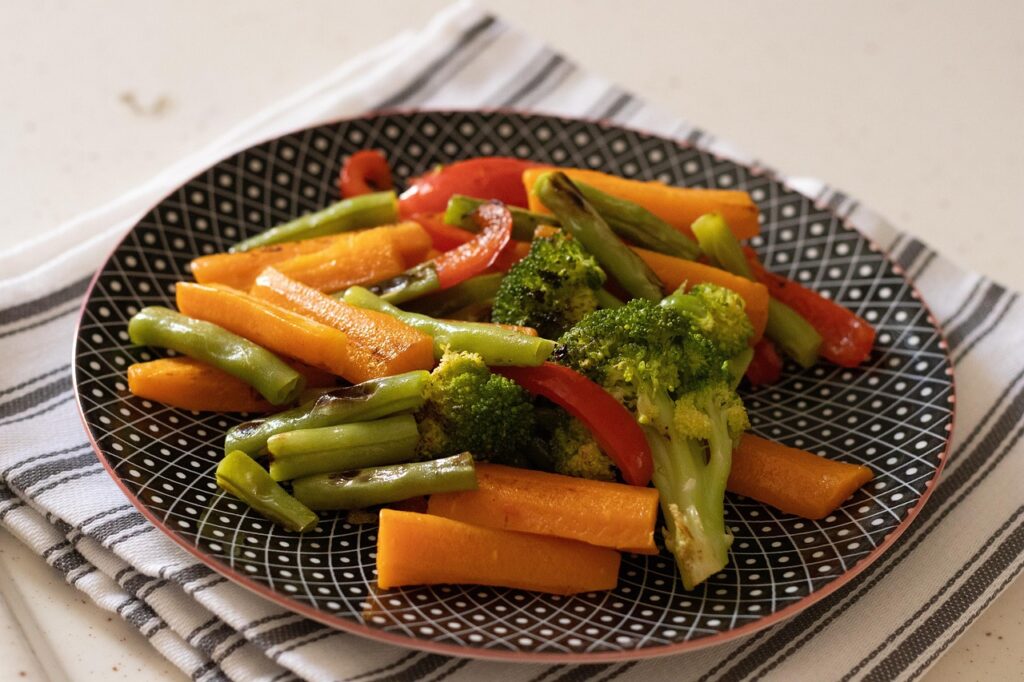
The Global Bounty of Vegan Cuisine
Section 1: A Tour of Vegan Staples in Traditional Cuisines
Highlight 4–5 cuisines with standout vegan-friendly dishes, ingredients, or customs:
- Ethiopian:
- Injera (fermented teff flatbread) paired with misir wot (spiced red lentils) and gomen (collard greens).
- Cultural context: Fasting traditions (“Tsoma”) that prioritize plant-based meals.
- Indian:
- Dals, coconut-based curries, and street food like aloo chaat (spiced potatoes).
- Regional diversity: South India’s rice-and-lentil crepes (dosas) vs. North India’s chickpea-based chana masala.
- Mexican:
- Pozole verde (hominy stew with salsa verde), nopales (cactus), and elote (street corn) made vegan.
- Ancient foundations: Indigenous reliance on corn, beans, squash, and chili peppers.
- Japanese:
- Shojin ryori (Buddhist temple cuisine) with dishes like nasu dengaku (miso-glazed eggplant) and vegetable tempura.
- Umami-rich ingredients: Miso, seaweed, and fermented soy products.
- Middle Eastern:
- Falafel, mujadara (lentils and rice), and baba ganoush (smoky eggplant dip).
- The role of herbs, spices, and tahini in creating depth without animal products.
Bonus: Mention lesser-known cuisines (e.g., Jamaican Ital food, Filipino ginataang gulay).
Section 2: Why Global Flavors Elevate Vegan Eating
- Nutritional Benefits:
- Exposure to a wider range of nutrients (e.g., seaweed for iodine, fermented foods for gut health).
- Diverse protein sources: Lentils, tempeh, seitan, and chickpeas across cultures.
- Flavor Adventure:
- Break free from “vegan blandness” with bold spices (Ethiopian berbere, Indian garam masala), tangy pickles, and aromatic herbs.
- Learn techniques like fermenting, roasting, and slow-cooking to transform plants.
- Cultural Appreciation (Done Right):
- Celebrate food as a bridge to understanding traditions and histories.
- Tips for respectful exploration: Credit origins, avoid appropriation, and support authentic restaurants or creators.
- Sustainability:
- Many traditional plant-based diets align with local, seasonal eating—reducing carbon footprints.
- Example: Mexican “milpa” farming system (corn, beans, squash symbiosis).
- Community and Connection:
- Share how food fosters connection—hosting a vegan Ethiopian coffee ceremony or a Middle Eastern mezze night.
- Highlight social media communities exchanging global vegan recipes.
Conclusion: Your Passport to Plant-Based Discovery
- Call to Action: Encourage readers to step outside their culinary comfort zones—visit ethnic grocery stores, try a new cookbook, or take a virtual cooking class.
- Final Thought: Reflect on how embracing global vegan cuisine isn’t just about what’s on the plate—it’s a celebration of humanity’s creativity and resilience.
Optional Add-Ons:
- A “Starter Kit” list of 5 pantry staples for cooking global vegan dishes (e.g., coconut milk, smoked paprika, tamarind paste).
- Links to 3–5 easy recipes from the cuisines mentioned.
Section 1: Asian Vegan Recipes
Indian Vegan Recipes: A Feast of Spices, Tradition, and Plant-Based Innovation
India’s culinary landscape is a vegan paradise, shaped by millennia of vegetarian traditions rooted in religions like Hinduism, Jainism, and Buddhism. From hearty lentil curries to crispy street snacks, Indian cuisine celebrates plants with bold spices, creamy textures, and vibrant colors. Below, we dive into iconic dishes and modern vegan twists that showcase India’s culinary diversity.
1. Vegan Tikka Masala
- Origin: A British-Indian fusion dish reimagined with tofu or chickpeas instead of paneer or meat.
- Key Ingredients: Marinated tofu (or veggies), tomato-coconut gravy, garam masala, turmeric, and kasuri methi (dried fenugreek).
- Tip: Char the tofu in a pan or oven for smoky depth. Serve with fluffy basmati rice or garlic naan.
- Why It’s Great: Creamy, aromatic, and perfect for introducing Indian flavors to new palates.
2. Vegan Palak “Paneer”
- The Twist: Silken tofu or cashew-based vegan paneer replaces dairy cheese in this spinach curry.
- Key Ingredients: Fresh spinach, garlic, ginger, cumin, and vegan cream (cashew or coconut).
- Pro Tip: Blanch spinach to retain its vibrant green color.
- Serving Suggestion: Pair with roti or jeera rice for a comforting meal.
3. Gobi Manchurian
- Origin: A spicy-sweet Indo-Chinese fusion dish popular as street food.
- Key Ingredients: Cauliflower florets, soy sauce, chili-garlic sauce, and scallions.
- Method: Batter-fry cauliflower, then toss in a sticky sauce.
- Perfect For: Game nights or as a party appetizer with vegan mayo dip.
4. Dosa
- The Classic: Thin, crispy fermented crepes made from rice and urad dal (black lentils).
- Regional Roots: A staple of South Indian breakfasts, often stuffed with spiced potatoes (masala dosa).
- Vegan Bonus: Naturally dairy-free; pair with coconut chutney and tangy sambar (lentil stew).
- Pro Tip: Use store-bought batter for convenience or ferment your own for authenticity.
5. Idli
- What It Is: Soft, steamed rice cakes made from fermented batter (similar to dosa).
- Health Factor: Low-fat, probiotic-rich, and easy to digest.
- Serving Idea: Dunk in tomato chutney or spicy gunpowder (milagai podi) with coconut oil.
6. Vadas
- Savory Donuts: Crispy fried lentil fritters, often served as a snack or part of a South Indian breakfast spread.
- Key Ingredients: Urad dal (split black gram), curry leaves, and black pepper.
- Vegan Hack: Skip the traditional yogurt dip; pair with mint-coriander chutney instead.
7. Chana Masala
- The Crowd-Pleaser: A North Indian chickpea curry simmered in a tomato-onion gravy with warming spices.
- Pantry Staple: Canned chickpeas work, but soak dried ones overnight for better texture.
- Secret Ingredient: Amchur (dried mango powder) adds tanginess.
- Serve With: Bhatura (fried bread) or quinoa for a protein-packed meal.
8. Samosas
- Iconic Snack: Flaky pastry pockets stuffed with spiced potatoes, peas, and sometimes lentils.
- Veganize It: Use oil-based pastry dough instead of ghee.
- Air-Fryer Option: Bake for a healthier twist without sacrificing crunch.
- Pairing: Mint chutney or tamarind-date sauce (imli chutney).
Bonus: Regional Gems to Explore
- Rajma: Creamy Punjabi kidney bean curry.
- Kerala Avial: Mixed veggies in coconut-yogurt sauce (use coconut milk).
- Bisi Bele Bath: Spicy Karnataka rice-lentil porridge.
Tips for Authentic Indian Vegan Cooking
- Spice Smart: Invest in whole spices (cumin, coriander, cardamom) and toast/grind them fresh.
- Tadka (Tempering): Finish dishes with sizzled mustard seeds, curry leaves, or asafoetida for aroma.
- Substitute Dairy: Coconut milk, cashew cream, or plant-based yogurt replace cream or curd.
- Embrace Fermentation: Try homemade dosa batter or fermented kanji (porridge) for gut-friendly meals.
Conclusion: Spice Up Your Plant-Based Plate
Indian cuisine proves that vegan food is anything but boring. Whether you’re craving comfort food (hello, chana masala!) or fiery street snacks (gobi manchurian, we see you), these dishes offer a delicious gateway to India’s culinary heritage. Ready to experiment? Start with a simple dal or samosa recipe and let the spices lead the way!
Optional Add-Ons:
- A “Beginner’s Indian Spice Pantry” checklist.
- Links to 3 easy vegan Indian recipes (e.g., 30-minute chana masala, baked samosas).
- Spotlight on vegan Indian chefs or cookbooks (e.g., Richa Hingle, Vegan Richa).

